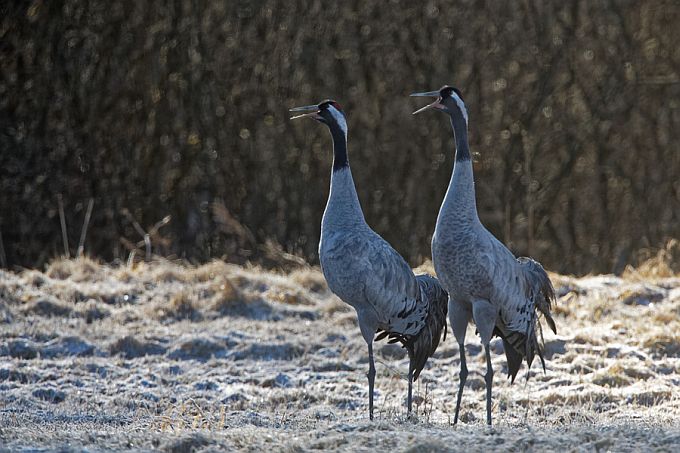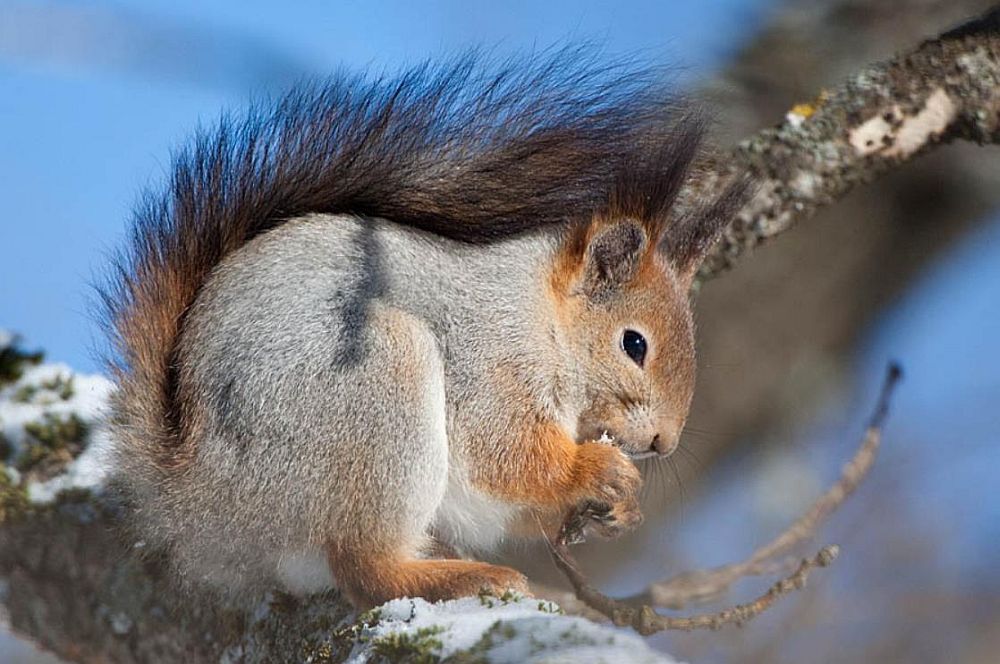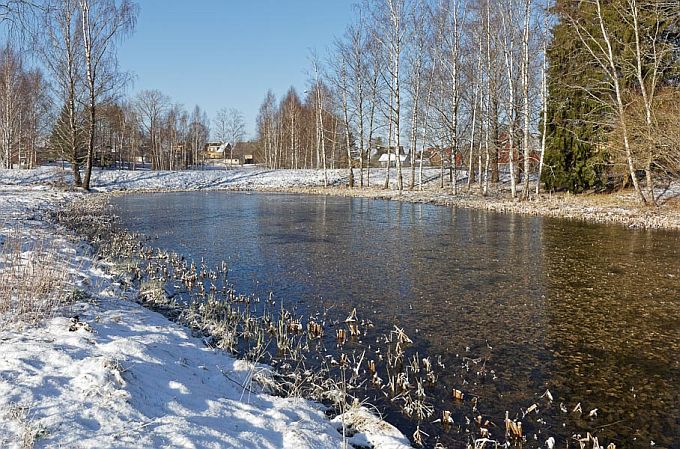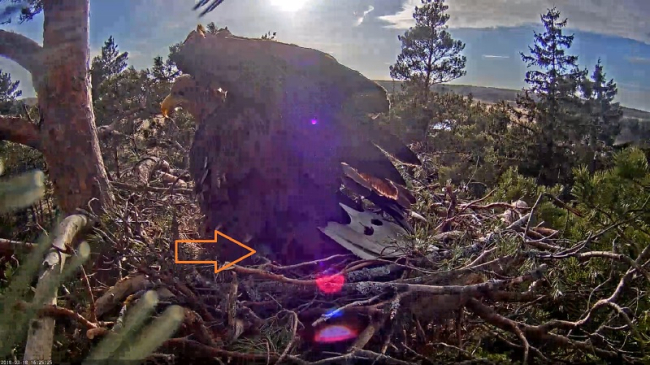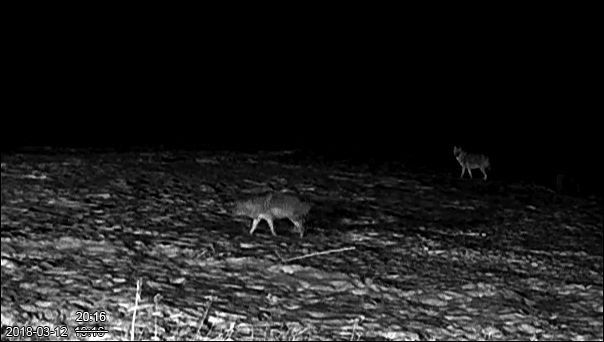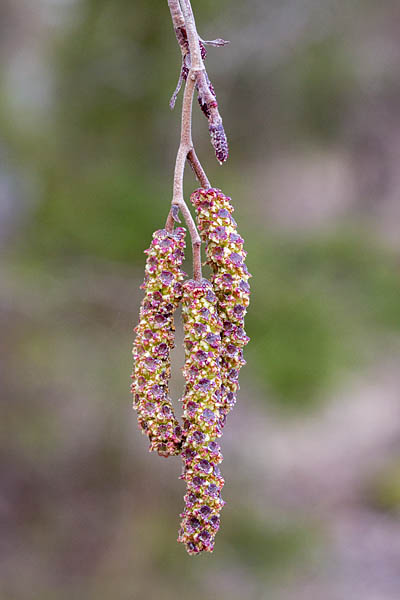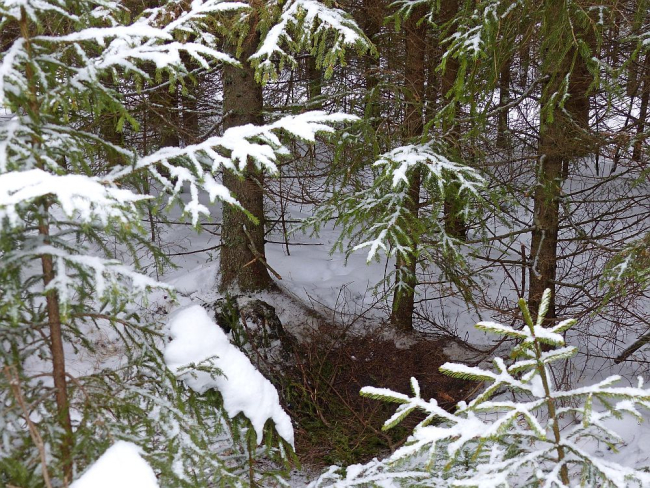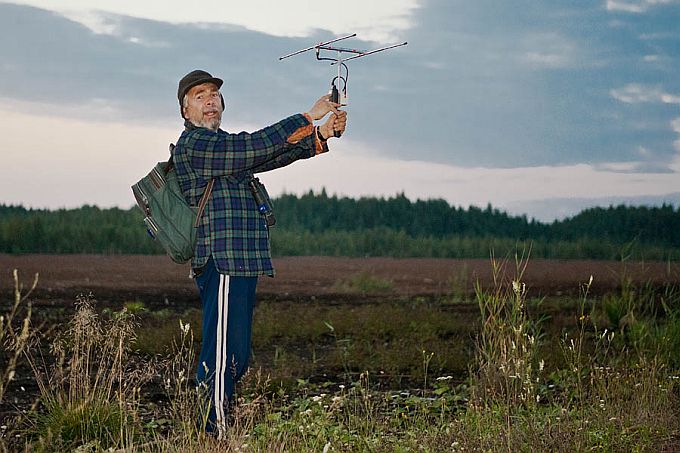Largest number of species on city birdwatching day noted in Talinn
Estonian Ornithological Society announces
Photo Arne Ader
Translation Liis
Estonian text posted 25.03.2018
Redpolls
On Sunday the city birdwatching organised by the Estonian Ornithological Society each spring took place. 115 persons in 24 different Estonian cities took part.
While the number of participating cities and watchers was similar to the previous years, the number of encountered species was clearly lower than in the last couple of years. In the cities 99 bird species were noted which is 16 species less than in early spring last year. The number of noted species stayed more modest this year mainly due to the comparatively cold March and the belated arrival of migratory birds caused by this. Still in several cities cranes, different geese and sheldrakes were seen and a numerous migration of skylarks was also noted.

